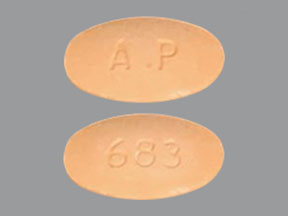Prolate Interactions
There are 700 drugs known to interact with Prolate (acetaminophen/oxycodone), along with 19 disease interactions, and 1 alcohol/food interaction. Of the total drug interactions, 219 are major, 467 are moderate, and 14 are minor.
- View all 700 medications that may interact with Prolate
- View Prolate alcohol/food interactions (1)
- View Prolate disease interactions (19)
Most frequently checked interactions
View interaction reports for Prolate (acetaminophen / oxycodone) and the medicines listed below.
- acetaminophen / hydrocodone
- adapalene topical
- Ajovy (fremanezumab)
- allopurinol
- aloe vera
- alprazolam
- Ambien (zolpidem)
- amlodipine
- Armour Thyroid (thyroid desiccated)
- Astepro Allergy (azelastine nasal)
- azathioprine
- azithromycin
- Azithromycin Dose Pack (azithromycin)
- buspirone
- carvedilol
- clonazepam
- folic acid
- gabapentin
- hydroxyzine
- Lyrica (pregabalin)
- metformin
- methocarbamol
- montelukast
- nabumetone
- oxycodone
- pantoprazole
- prednisone
- ropinirole
- trazodone
- Trelegy Ellipta (fluticasone / umeclidinium / vilanterol)
Prolate alcohol/food interactions
There is 1 alcohol/food interaction with Prolate (acetaminophen / oxycodone).
Prolate disease interactions
There are 19 disease interactions with Prolate (acetaminophen / oxycodone) which include:
- alcoholism
- liver disease
- impaired GI motility
- infectious diarrhea
- prematurity
- acute alcohol intoxication
- drug dependence
- hypotension
- intracranial pressure
- respiratory depression
- gastrointestinal obstruction
- PKU
- adrenal insufficiency
- liver disease
- renal dysfunction
- seizure disorders
- urinary retention
- arrhythmias
- biliary tract disease
More about Prolate (acetaminophen / oxycodone)
- Prolate consumer information
- Compare alternatives
- Pricing & coupons
- Reviews (2)
- Drug images
- Side effects
- Dosage information
- During pregnancy
- Drug class: narcotic analgesic combinations
- En español
Related treatment guides
Drug Interaction Classification
| Highly clinically significant. Avoid combinations; the risk of the interaction outweighs the benefit. | |
| Moderately clinically significant. Usually avoid combinations; use it only under special circumstances. | |
| Minimally clinically significant. Minimize risk; assess risk and consider an alternative drug, take steps to circumvent the interaction risk and/or institute a monitoring plan. | |
| No interaction information available. |
See also:
Further information
Always consult your healthcare provider to ensure the information displayed on this page applies to your personal circumstances.


